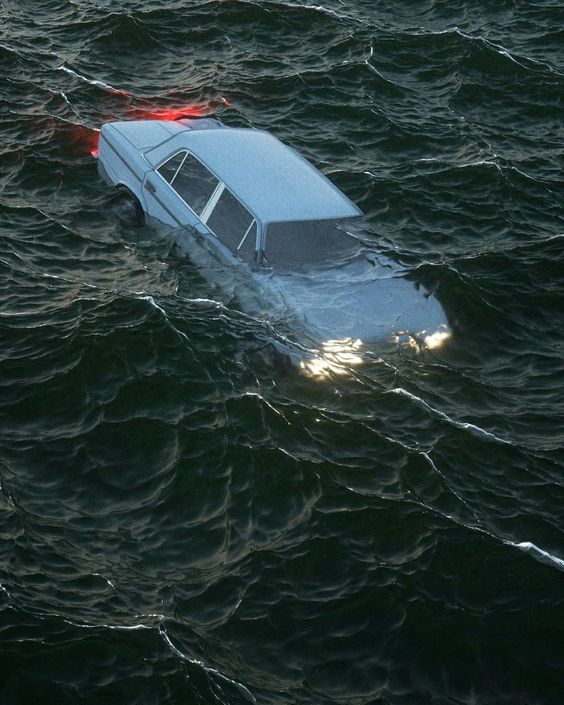Repair instructions
Sink or Swim: A Mechanic’s Guide to Escaping a Sinking Car
Summary
In a sinking car, the first two minutes are critical. Stay calm and act quickly: unbuckle your seatbelt, open or break a window, and escape. Only call for emergency services after you’ve made it out.
Step-by-Step Guide to Escape a Sinking Car
Step 1: Unbuckle Your Seatbelt
If your vehicle is going under, your first action should be to unbuckle your seatbelt. While seatbelts are crucial for safety, being trapped by one increases your risk of drowning. If the buckle jams, having a cutting tool handy in your emergency kit can be a lifesaver.

Step 2: Create Your Escape Route
As the car sinks, water pressure will make it difficult to open doors. Instead, aim for the windows. Most power windows will operate for about a minute after submersion, so roll them down quickly. If they don’t budge, use a hammer or a hard object to break the glass.
Step 3: Escape Your Vehicle
Once the window is open, climb out swiftly. Keep your movements deliberate to avoid panic, which can complicate your escape. If you have passengers, assist them without flailing; use your arms to pull yourself out, conserving energy.
Step 4: Swim to the Surface
After escaping, swim upwards while watching for obstacles. If the water is dark, swim away from the sinking vehicle—its weight will pull it straight down.
Step 5: Call for Help
Once you reach safety, notify emergency services. If your phone is lost or damaged, signal for help from bystanders. It’s also wise to seek medical attention, as adrenaline can mask injuries.
Life-Saving Dos and Don’ts
Dos:
- Prioritize helping children escape first.
- Always have an emergency kit in your vehicle.
- Stay calm and act quickly.
Don’ts:
- Don’t call for help until you’ve escaped.
- Avoid opening the doors; water will rush in faster.
- Don’t wait for the vehicle to fully submerge; act immediately.
Assisting Passengers
Make sure your passengers know the escape plan. Help them unbuckle and direct them to open their windows. Focus on getting children out first, ensuring everyone knows what to do to facilitate a safe escape.
Being prepared can turn a potentially life-threatening situation into a manageable one. Remember, quick thinking and calm actions can save lives.
